The international financial market was shaken after US President Donald Trump announced that he would still impose a 25% tax on Canada and Mexico and raise the tax rate on Chinese goods to 20% from March 4.
The world is in turmoil
US President Donald Trump still imposed a 25% tax on goods from Canada and Mexico, while increasing the tax on Chinese goods by 10%, bringing the total tax on this country to 20% from March 4 (the same evening, Vietnam time).
This is seen as a strong move aimed at America's largest trading partners, demonstrating Mr. Trump's determination to reshape global trade.
Immediately, the financial markets reacted violently. In the trading session on March 3 (ending early morning March 4 Vietnam time), Wall Street was in red. The Dow Jones Industrial Average plunged nearly 650 points (equivalent to a decrease of 1.5%), the S&P 500 Index lost 1.8%; the Nasdaq Composite technology index fell more than 2.6%. In particular, the stock of chip giant Nvidia, owned by CEO Jensen Huang, fell more than 8% in one session.
The US dollar fell amid uncertainty, while gold prices fluctuated sharply. The Canadian dollar and Mexican peso also weakened amid concerns about a North American trade war. Heavy tariffs have increased the cost of imports, putting inflationary pressure on the US economy .
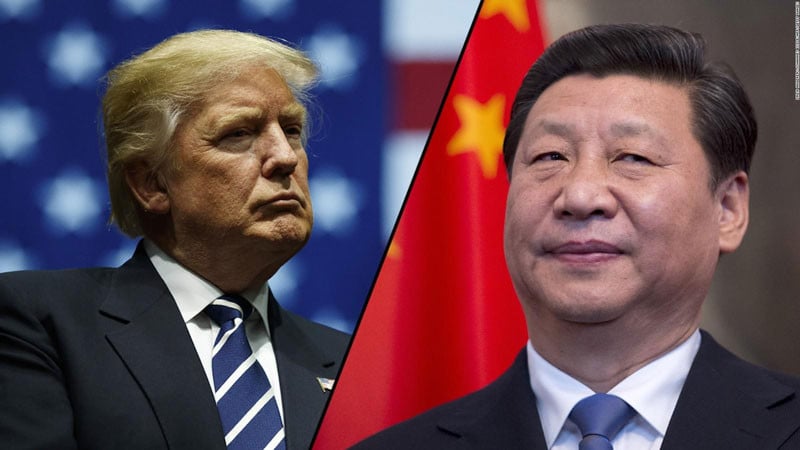
Speaking at the White House on March 3, Mr. Trump and Secretary of Commerce Howard Lutnick said: “There is no room for Mexico or Canada. Reciprocal tariffs will start on April 2, but importantly, on March 4, the 25% tariff on Canada and 25% on Mexico will start.”
Meanwhile, affected countries are also planning to retaliate. Canada and Mexico are considering imposing tariffs on US goods.
China has also said it will take countermeasures, including imposing tariffs on US goods and promoting a technology self-reliance strategy to reduce dependence on the country.
China previously increased tariffs on some US energy imports after being hit with a 10% tariff in February.
The trade war between the two powers risks being prolonged, causing far-reaching impacts on the global supply chain.
Fear of retaliation and escalation
Mexico and Canada are two economies that are heavily dependent on exports to the US, with more than 80% of Mexico's exports and 75% of Canada's going to the US. Therefore, the impact of the tax shock is huge.
According to estimates by the Tax Foundation, a 25% tax could reduce Mexico's GDP by 2% and Canada's by 3.6% in 2025 if no countermeasures are taken.
The auto supply chain, which accounts for 4.7% of Mexico’s GDP and is closely linked to the US, is expected to be severely disrupted, but will push up car prices in the US. Canada will also face difficulties, exporting tens of billions of dollars worth of lumber to the US each year. The price of construction lumber in the US is expected to skyrocket.
For China, the 20% tariff (including the old 10% and the new 10%) is lower than the 60% threat during the election campaign, but is still a blow to the country's fragile economy.
China, struggling with a total public debt of about three times its GDP, coupled with a years-long property market slump and weak domestic consumption, will face many difficulties if it is subjected to further pressure from the US, which accounts for about 15% of China's exports. Beijing immediately accused the US of "tariff blackmail" and threatened to sue the WTO, while preparing retaliatory measures targeting US agricultural and energy products.
What is worrying is the retaliation and the spiral of escalation.
Canada has announced a 25% tariff on hundreds of billions of dollars worth of US goods, from beer, wine to steel, while Mexico is planning to impose tariffs on US agricultural products and cars. These moves not only disrupt the USMCA (United States-Mexico-Canada Trade Agreement) but also push North America into a full-blown trade war.
It can be seen that Trump's tariff strategy is not only aimed at neighboring countries Mexico and Canada but is also part of a larger plan to contain China and reshape the global trade order.
Since his first term, Trump has imposed tariffs on steel, aluminum and Chinese goods to deal with “intellectual property theft” and illegal subsidies. Now, with a 20% tariff and the threat of a 25% tariff on the EU, Trump seems to want to create a “tariff wall” that forces companies to manufacture in the US. Thereby, creating jobs and strengthening the US economic position against China - considered the biggest strategic rival.
Mr Trump argues that tariffs would raise trillions of dollars, reduce reliance on domestic income taxes and fund policies that favor domestic businesses, thereby helping to reduce inflationary pressures.
The tax revenue from the countries may not be enough to cover the costs of extending the 2017 Tax Cuts Act, but perhaps Mr. Trump wants to use tariffs as geopolitical leverage, forcing countries to make concessions to the United States on issues from trade to security. For China, it is a way to prevent Beijing from rising in high-tech sectors and global supply chains.
But the strategy also carries risks. For the US economy, tariffs could reduce long-term growth. The Tax Foundation predicts that US GDP could fall by 0.4%, but if Canada, Mexico and China escalate retaliation, that figure could rise even higher by 2026.
Globally, Trump’s tariffs threaten to disrupt the free trade system that the US once led. The EU faces the threat of a 25% tariff on cars, which could shift cooperation with China, weakening the Western alliance. Global growth overall will come under pressure as trade is squeezed.
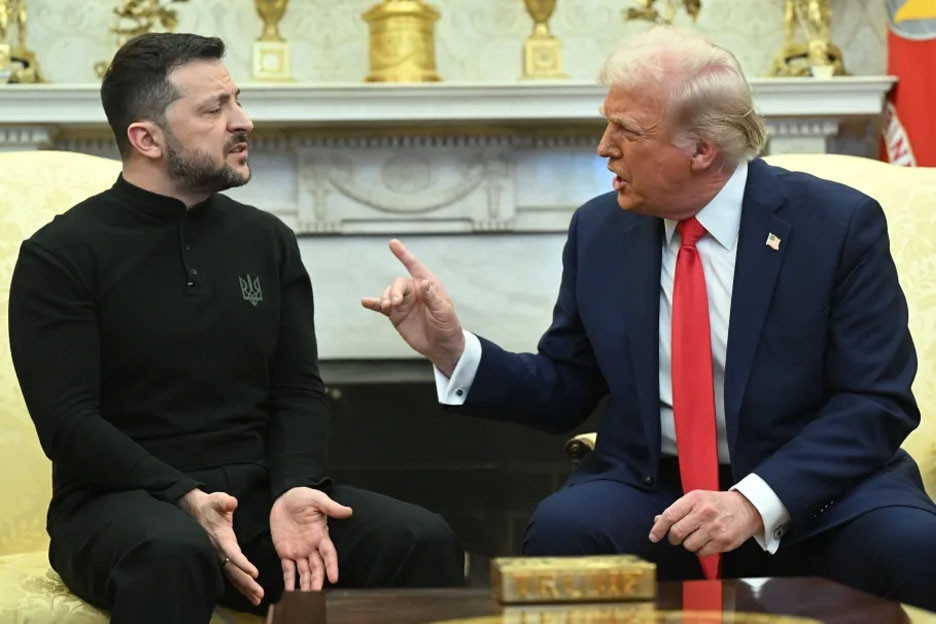
Source: https://vietnamnet.vn/ong-trump-tuyen-bo-van-ap-thue-canada-mexico-trung-quoc-tu-hom-nay-4-3-2377189.html



![[Photo] President Luong Cuong receives US Secretary of War Pete Hegseth](https://vphoto.vietnam.vn/thumb/1200x675/vietnam/resource/IMAGE/2025/11/02/1762089839868_ndo_br_1-jpg.webp)
![[Photo] Lam Dong: Images of damage after a suspected lake burst in Tuy Phong](https://vphoto.vietnam.vn/thumb/1200x675/vietnam/resource/IMAGE/2025/11/02/1762078736805_8e7f5424f473782d2162-5118-jpg.webp)





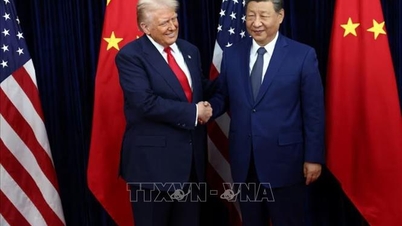

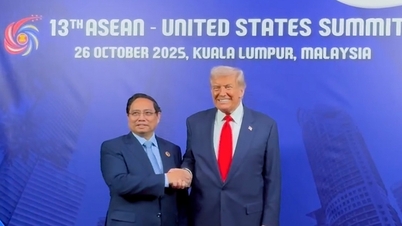



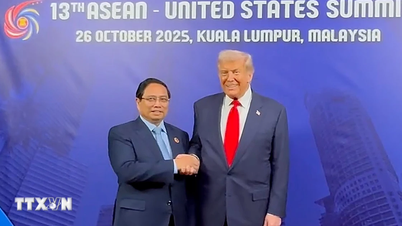





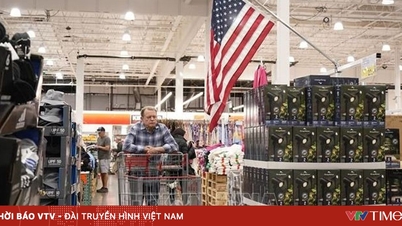






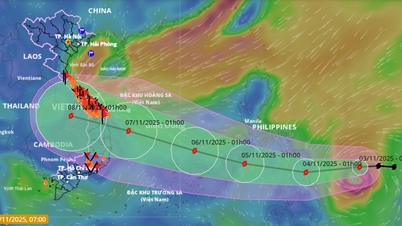
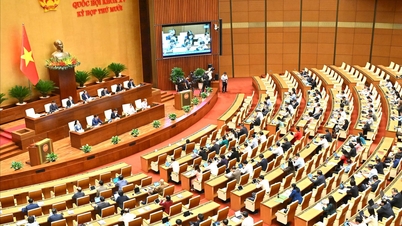







































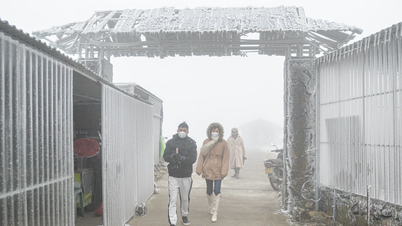


































Comment (0)